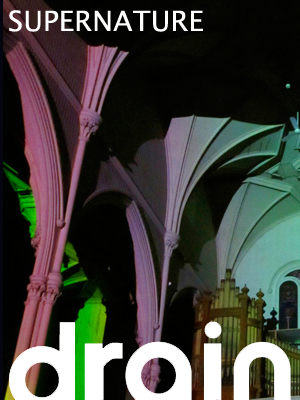
The permanent collection at the Detroit Institute of the Arts has an enormous influence on me. Like most kids in Detroit, I first went there on a school trip. (This was back when education included things like art and culture.) I was spellbound by the building itself. I stood on the stairs with my mouth hanging open, reading the text carved into the facade. I was completely shocked when I found out that we were going to go inside such a place. I didn't know you could go inside such places. After that trip I was hooked on the place. I was 10 years old. Every chance I could, I would take the three busses (including the Cross-town) to go and wander through the enormous beaux-arts building. I never tired of it.
When I would go back to Detroit to visit my mother, one of the first questions she would ask me was “When do you want to go to the museum?”
So much of that collection is etched into my memory but two things really formed and continue to shape the way I make paintings today. One is the Main Courtyard, which contains the Industry frescoes of Diego Rivera. The other is van Gogh’s 1887 Self-Portrait. The former is important to be because it is such a total statement about a people and a place, right down to the cells that make up the rock strata of Michigan. The latter is important to me for much more.
The first time I saw the van Gogh I think I was about 12 years old. I lied and told my mother I was going to the library, which was about 4 blocks from our house. I took the busses (waiting almost 35 minutes for the Cross-town) and got to the Museum about shortly after it opened. It felt like I had the entire building to myself.
I should say that my favorite painting at the time was William-Adolphe Bouguereau's The Nut Gatherers (Les Noisettes), (1882).

It looked so real to me back then. The silky carpet of grass on which the little girls lay while they fed their pet squirrel was almost seamlessly photographic. There was a delicate haze over all the forms. It really looked as if the girls would move if I turned my back and I thought that was the mark of quality in a painting. Moreover, the subject and setting was so removed from my life and my situation at the time that it was like a window into some better, safer world. I had received a monograph on Norman Rockwell a few months before and I though Bougereau made Rockwell look like a scrub.
On my way to the section where the Bougereau was, I got side tracked into the “Impressionist/Post impressionist” room. In the center of the installation was the van Gogh. It was on a thin pedestal and in a Plexiglas vitrine, like jewelry. I heard myself gasp when I saw it and in a fundamental way, I felt like it saw me. Not just in the way “the eyes follow you around the room,” I felt like the painting was inhabited. Not that there was paint on canvas, but there was a man’s head in a Plexiglas box in the museum, and that it had acknowledged me when I came into the room. When I walked over to it, I realized it was a painting. I could not believe for quite a few minutes that it was but the little label said “van Gogh, Vincent, Dutch, active in France, Self Portrait with Straw Hat, oil on canvas, 1887.” It felt then, as it does to this day, that there is so much more than oil on that canvas. I began to cry.
Over time, I have tried to assign the effect of the picture to van Gogh’s mastery of complementary color as a device to create the illusion of plastic space. The yellow in that straw hat, for example, is modulated from white to yellow to orange to blue to purple and back to white. The color is applied in strokes, which separate as color only to merge as form. I also attributed it to the way it is installed and being very young when I saw it. This is all well and good and perhaps true, but it doesn’t really explain my tears and why they still well up in the presence of the painting.
The only conclusion I can come to that the picture carries the trace of him. It is a self-portrait so it contains van Gogh’s likeness, but it also contains a record of his touch. The surface is covered with those touches and there must be hundreds of thousands of them. There is a devotional quality to touching anything that many times and to me that touching is a record of tenacity of the maker. So when I stand in front of the painting and look at those marks, I have the record of the experience of standing where he must have stood when he was painting it. And I can feel myself making that picture, making those marks one after the other after the other. With that self-portrait, I feel van Gogh brought me into the world of painting and showed me how it was done. No tricks, no gimmicks, just the power of color next to color. And that facial expression, which was so arresting when I was a child, seems to say to me still, “I see. I know.”
Across time and territory, a Dutchman living in France at the dawn of the machine age reached out to a little black boy in 70's Detroit and delivered a message. Not the hopeful, bucolic escape of a Bougereau, but the ability to make sense of the insanity of the world, and the safety that can come from the courage of the gaze.
I left the museum that day and never saw the Bougereau. My mom put me on punishment me for 2 weeks for lying about going to the library.




































